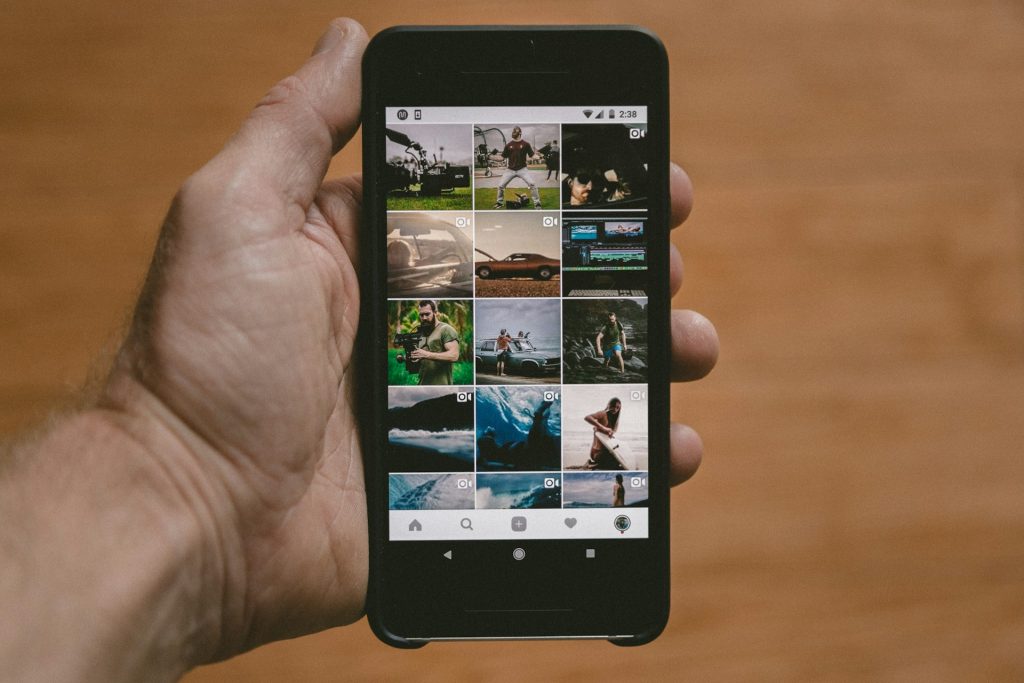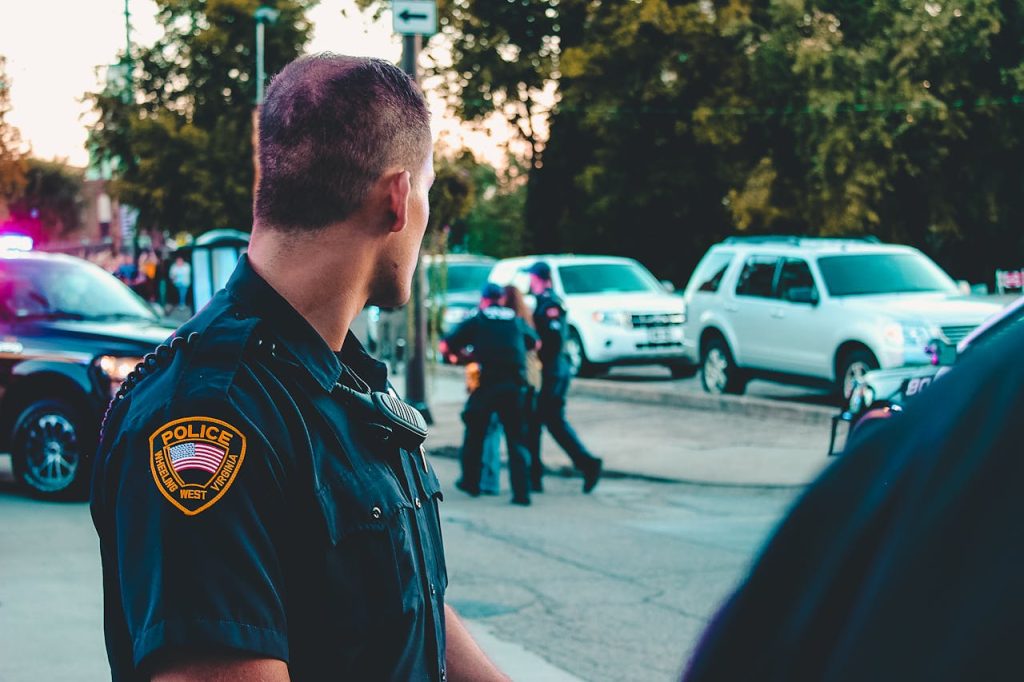The use of social media evidence in criminal cases is increasingly common. Sometimes, perpetrators make investigators’ lives easy by posting videos of themselves in the act. More often, police forces turn to social media to ask for help from the public, as a rich source of potential evidence, or even as a crime scene in its own right.
Social media can also provide a useful tool for nailing down the identity of suspects or persons of interest in a case. Witnesses could potentially identify a perpetrator from social media photos or videos of a crime, for example. Social media images could also make the difference in turning a shaky identification into one that’s usable in court. Let’s take a look at how that could happen.
Drawing On a Suspect’s Social Media Posts
Let’s first consider a scenario where investigators are working with witness photos and videos, either submitted directly or gathered from social media. Some of them may capture the crime itself. Others may show the area either immediately before or immediately after. In either case, investigators or witnesses may be able to make a tentative identification of at least one potential suspect (“Doesn’t that look like…”) based on that initial evidence.
A marginal ID based on found images is not usable in itself, but it gives you a starting point to work from. If you have the name of a suspect or person of interest, you can use a tool like Spokeo for Law Enforcement to search that name. Spokeo will almost always retrieve enough information from its billions of data points to…
- Differentiate your person of interest from anyone else with a similar name.
- Provide known aliases, family members, a physical address, and alternative phone numbers and email.
- Identify any public accounts linked to that person on 120+ different social platforms.
This opens up a rich vein of information for investigators to follow up on by browsing the suspect’s public posts. Their connections, the people who comment on their posts, and other people tagged in their photos all contribute to the puzzle. With that information, you can:
- Connect that individual, by name, to their social media identities, even when they use an alias or nickname.
- Compare the friends and family members in their photos to other faces in your witnesses’ photos and videos of the crime scene.
- Search the name or username of related accounts in Spokeo to find commonality and attempt to identify the person(s) of interest. When that isn’t possible, you’ll still get the phone number or email used to open the account. Those may prove useful later if the phone physically turns up in someone’s possession.
- Identify whether the suspect, or anyone in their circle, has posted from anywhere around the crime scene immediately before, during, or after the incident.
With that kind of information in hand, investigators can subpoena cellular location data and private social media posts or messages, or get search warrants for devices or physical properties.

Using Social Media Photos to Identify Suspects
You can also show photos taken from social media to eyewitnesses as a way to potentially get a positive identification of a suspect. This applies to images contributed by the public, as well as the ones investigators find for themselves.
There’s a growing body of case law ruling that social media images are admissible in court. In fact, it’s often viewed as less prejudicial than the longstanding use of booking photos. For successful prosecution, it’s still best to show witnesses a full “photo lineup” and ideally to document exactly how the images were presented to the witness. That said, even a single photo can still be admissible as a way to establish the suspect’s identity if you’re careful not to coach or lead the witness.
Legal textbooks go into a lot of detail on this exact subject. They explain to budding lawyers, in detail, exactly how LEAs can subtly encourage witnesses to make the “right” identification (from the investigator’s perspective), and how to exploit that in court. Training and explicit, “tick the box” procedures are crucial for establishing an identification that will hold up during trial (or persuade a defence attorney to cut a deal, instead).
Using Social Media Intelligence to Resolve Edge Cases
Resolving “edge cases” (you may think of them as “the tough ones”) is one of the most intriguing uses of social media evidence in criminal cases. You may, for example, have a suspect whose appearance has changed significantly since their official photo ID was created or since their last booking photos. Social media photos are much more likely to be absolutely up to date. In fact, depending on how security-conscious your suspect is, you may be able to pull a series of images from their social media posts, documenting the change in their appearance over time. This, again, goes a long way toward shoring up an identification in court.

Spokeo for Law Enforcement can also help with identification in scenarios where the suspect has a very common name or uses a variant spelling. Searching the name, then alternative spellings, and finally common “familiar” versions of a name (“Meg,” “Jack,” or “Mike,” for example) gives investigators a list of people who might be your suspect. You’ll be able to rule out most of them pretty quickly based on their age and location. For the remainder, a look at their social media accounts can help you dial in quickly on which of those many people is the one you’re actually interested in.
Social media evidence can also be used to help correctly identify a suspect who looks very similar to someone else. For example, Spokeo law enforcement consultant Jim Aquisto experienced an especially difficult investigation that was resolved through social media evidence. Photo evidence turned up two “hits” for men who resembled photos of a suspect. Their official ID photos were extremely similar because they were brothers who shared a strong family resemblance. Ultimately, it was evidence gleaned from the two brothers’ respective social media accounts that led police to the correct identification.
Get the Tools You Need
Pursuing investigations through social media and obtaining positive ID of suspects is an appealing prospect. Unfortunately, the reality is that this kind of investigation is difficult to do without specialized tools, especially for departments that are chronically understaffed and underfunded.
Having the right software tools can often make the difference between a case that’s cleared and one that isn’t. Spokeo for Law Enforcement is a best-in-class example, given its overall power as an intelligence tool and its strength in social media. Just as importantly, especially for small and under-resourced LEAs, it doesn’t represent a significant up-front financial investment. Instead, it’s delivered on a usage-based subscription structure, with tiers that range from the smallest of county forces to the largest of big-city police departments. The streamlined onboarding process for new accounts, dedicated US-based support team, and ease of use mean you’ll lose minimal time and money to training needs as well.
To learn more about the product, to view a demonstration of its capabilities, or to arrange a no-cost trial, reach out to our team through the contact information on our Law Enforcement page.
Sources
Cohen Law Offices: If Someone Identifies You on Social Media, Is it Admissible in Court?
Police 1: Can a Department Legally Use Mug Shots or a “Mug Book” for Identification Purposes?
Organization of American States: Social Media Identification Policy
